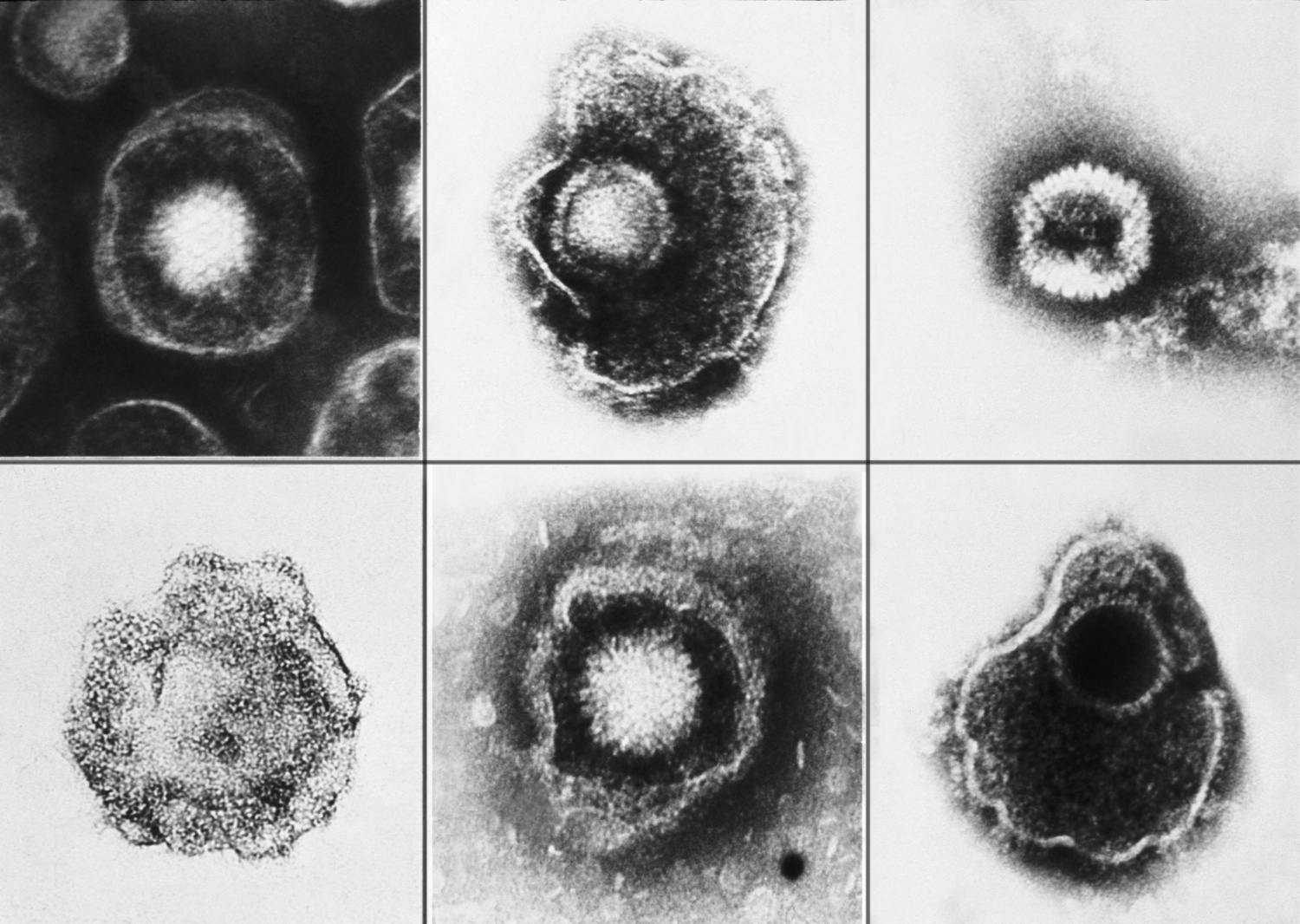Sabrina Krepel loves electron microscopy. "EM is the most beautiful technique I know. I always wanted to solve my own protein structure, and now I've accomplished that with EM." During her Bachelor's, Krepel was interested in the relationship between chemistry, molecules and biology. After a side step into astrobiology abroad, she became fascinated by electron microscopy. After a Master's in cryo-electron microscopy (Cryo-EM) at the University of Groningen she went on to find a PhD position which combined all these aspects.
She found this position in two research groups at Utrecht University: the Structural Biology group of Bert Janssen and the Biomolecular Mass Spectrometry and Proteomics group of Joost Snijder. She explains: "My research is a combination of those two. If we have a scientific question, we can decide to solve it with mass spectrometry or with Cryo-EM." In addition to the techniques, Krepel is interested in the overall scientific issue that underlies her research: "We study how something small as a virus has a large influence on something big like a disease."
Elusive interactions
The herpes viruses that Krepel studies are neurotropic which means they can invade and survive in the nervous system, she says. "A herpes virus can bind to nerve cells which are not regenerated often. It uses these cells to enter a latent phase. They re-activate for example when your immunity is weakened. We don't really know how the viruses enter the nerve cells. A large part of my research is dedicated to finding out more about this."
Glycoproteins play a key role in the attachment and invasion of the virus into the nerve cells. A glycoprotein on the surface of the virus (gB) interacts with Myelin Associated Glycoprotein (MAG) in the membrane of cells in the nervous system. Krepel now uses advanced MS and Cryo-EM techniques to investigate this protein-protein interaction in detail. "The first tests showed that the interactions are very weak. Mapping these turns out to be quite a challenge."
Additionally, glycans, a class of sugar molecules which are building blocks of glycoproteins, play an important role in the interaction between the virus and the nerve cells. Using mass spectrometry, Krepel found out which glycans are present and using electron microscopy she can determine which protein-protein interactions play a role.
Treatment against viral diseases
Krepel also cooperates with Robert-Jan Lebbink from the infection & immunity group at UMC. "Together, we develop tools to study herpes viruses. The ultimate goal is to develop a treatment against virus infections such as herpes but also corona viruses which operate in a similar way." In another collaboration, Sabrina Oliveira (cell biology) can isolate nanobodies which bind to the protein. Krepel can then use these to visualise the protein in the electron microscope.
Krepel started her research in 2021. "I'm finally on a roll now and I am able to take a wider view to the research. As a new PhD, you need to learn so much, you make so many mistakes. To help me along, I really appreciated the courses that ICI offered, such as planning and other soft skills."
Project Cell adhesion molecules as receptors in virally induced neuroinflammation.
Sabrina Krepel, Biomolecular Mass Spectrometry and Proteomics, Structural Biochemistry, Utrecht University
Bert Janssen en Joost Snijder groups
This article was published in ICI Bulletin 16, december 2023.
